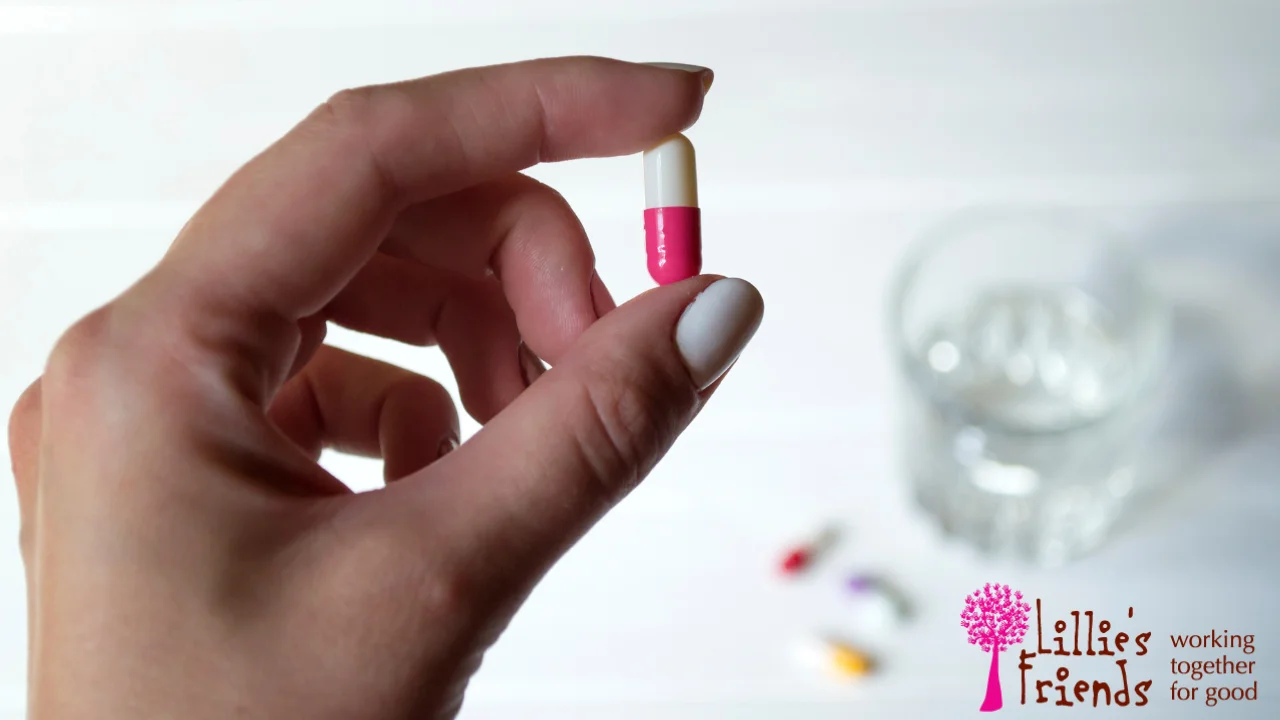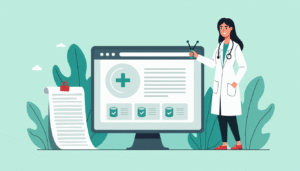Medical Disclaimer
The medicines listed on this website are only there to give you knowledge. Just because they are on the list doesn’t mean that anyone will be given them; in the end, treatment decisions are up to the healthcare workers. The medicines on this list are not all of them. Doctors may recommend other drugs, even ones that don’t contain stimulants, depending on the patient’s specific health needs and circumstances. Read more
Anxiety may be a crippling affliction that disrupts one’s social, professional, and even academic life. Fortunately, patients may choose from a variety of therapy alternatives. Among these is pharmaceutical usage, with sertraline being one of the most prevalent.
What is sertraline?
Sertraline is a generic equivalent of the brand Zoloft[1*]. It is one of the antidepressants that also treats anxiety and other mental health issues. It is a selective serotonin reuptake inhibitor (SSRI). And, like an SSRI, it works by raising serotonin levels, which are neurotransmitters in the brain. Sertraline inhibits serotonin reuptake, allowing the amount to grow over time and improve communication between brain cells. It is particularly critical for serotonin-controlled functions, such as mood.
Sertraline is one of the most often recommended drugs for the treatment of generalized anxiety disorder due to its efficacy and tolerability. Patients using sertraline for anxiety should also participate in cognitive therapy for optimal benefits.
Sertraline is approved for what?
In 1991, the FDA authorized the use of sertraline for many applications, including:
- Major Depressive Disorder (MDD)
- Pre-menstrual Dysphoric Disorder (PMDD)
- Obsessive-compulsive Disorder (OCD)
- Panic disorder (PD).
- Post-traumatic Stress Disorder (PTSD)
- Social anxiety disorder (SAD), often known as social phobia
Sertraline helps patients enhance their mood and rekindle their enthusiasm in regular activities. It makes anxiety sufferers less afraid and reduces the severity of unwelcome thoughts, the frequency of panic episodes, and overall anxiety. Sertraline exerts these benefits by restoring and maintaining the brain’s chemical equilibrium via increased serotonin levels.
Zoloft’s success is evidence of its efficacy, and its availability as a generic medicine has resulted in widespread usage. The World Health Organization lists it as an important drug, and a 2016 study[2*] found it to be the most often given prescription for mental illnesses. In 2020, it was the 12th most often prescribed drug in the United States, with over 38 million prescriptions.
Sertraline Dosage For Anxiety
Sertraline is available in two forms: tablets and oral solution. The pills come in three strength levels: 25 mg, 50 mg, and 100 mg. On average, the Zoloft dose for anxiety ranges from 25 to 50 mg per day.
The liquid form comes in a 60 ml container. The liquid smells like menthol and is clear and colorless. It includes 20 milligrams of sertraline per milliliter. The drug also comes with a dropper calibrated for 25 mg and 50 mg. It may be blended with 4 ounces/120 ml or half a cup of water, lemonade, lime soda, orange juice, or ginger ale before drinking. Patients should mix their medicine right before taking it, rather than preparing it ahead of time.
Patients may take either kind of medicine with or without meals, in the morning or in the evening. It is critical that they take the medicine exactly as prescribed by their doctor since the amount varies from person to person. When determining a dosage, physicians evaluate criteria such as the degree of anxiety, tolerance to Sertraline side effects, and any other problems a patient may have, among other things.

How Long Does Sertraline Take To Work For Anxiety?
Sertraline’s functioning mechanism indicates that you will not witness quick results. It takes time to accumulate in the system and affect serotonin levels. Some folks may probably see a difference during the first week of therapy.
Sertraline levels build up in the body over roughly a week, and the body takes several days to weeks to adjust to its effects. The full advantages are often evident within three to six weeks. Early symptoms will include an increased appetite, better sleep, and more vitality.
Sertraline Side Effects:
Sertraline typically has minimal side effects [3*] but may be severe in certain cases.
Typical side effects include:
- Fatigue
- Nervousness
- Nausea
- Problems sleeping
- Headaches
- Severe side effects include:
- Allergic response.
- Seizures
Symptoms may include tremors and yellowing of the eyes.
- Suicidal ideas.
- Consistent vomiting
- Changes in urine and stool
- Increased bleeding.
- Sexual troubles
Alternatives to sertraline for Anxiety
While Zoloft for anxiety works for most individuals, it may not be as effective in some situations. Antidepressants often only function for 60-70%[4*] of users, necessitating the usage of several medications. Several possibilities exist in this respect, including:
- Other selective serotonin reuptake medications include citalopram (Celexa), fluoxetine (Prozac), paroxetine (Paxil and Pexeva), and escitalopram (Lexapro).
- Serotonin and norepinephrine reuptake inhibitors: These drugs affect both serotonin and norepinephrine. They include Fetzima (levomilnacipran), Cymbalta (duloxetine), Pristiq (desvenlafaxine), and Effexor XR.
- Atypical antidepressants are drugs that do not fit into the other traditional categories. They include bupropion, trazodone, mirtazapine, and vilazodone.
- Tricyclic antidepressants: Because these medications have greater adverse effects, they are often used after other forms of antidepressants have failed to work.
- Monoamine Oxidase Inhibitors: These drugs target the enzyme monoamine oxidase and are used to treat disorders that do not respond to other therapies. They consist of phenelzine, isocarboxazid, and tranylcypromine.
Summing Up
Sertraline’s effects may not be seen for a few days, but it produces considerable long-term outcomes. The FDA has licensed it for the treatment of a variety of depression and anxiety disorders, and it has shown to be effective. However, the doctor determines the drug, dose, and other treatment factors on an individual basis.











